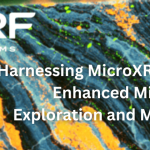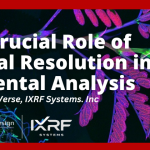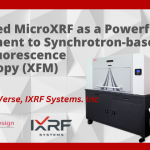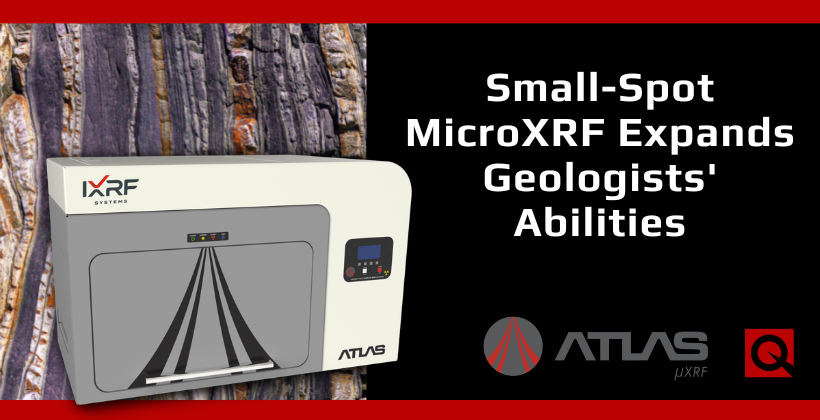

In studying the planetary processes and makeup of the Earth, as well as other bodies in our solar system, geologists routinely analyse the composition of a huge variety of materials including: rock, mineral, and meteorite samples. Rapid elemental analyses for sodium through uranium at trace levels can be accomplished through X-ray Fluorescence (XRF) instrumentation without destruction, digestion or alteration of the sample. No sample preparation: highly polished samples are not required, and even rough samples can be analysed with excellent results.
Micro-XRF is ideally suited for the analysis of inorganic species, and offers excellent sensitivity to trace elements (for example, concentrations less than 100ppm can be detected, depending on the element and sample matrix). Point analysis allows fast identification of mineral species, even when analysing individual grains from crushed rock, or microscopic features in a section. XRF mapping provides detailed element images which highlight the distribution of mineral phases, illustrating the general rock structure.
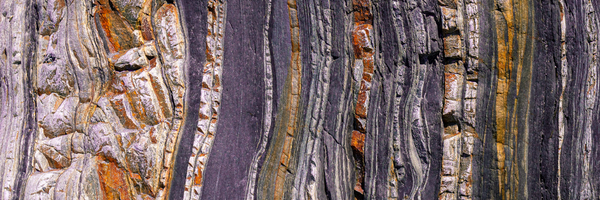

Sample Types
ATLAS can be used to analyse a huge variety of geological based sample types including, but not limited to:
- Geological thin slices
- Mineral identification
- Phase boundaries
- Meteorites
- Volcanic material
- Marine/lake sediment cores
- Mining test cores
- Mining exploration
- Rock structure
- Coal and Coal ash
- Gemstones


This elemental map is of an amphibole thin section.
IXRF System’s Atlas benchtop XRF combines the excellent mapping of a small spot and the ability to work with large samples due to the large sample chamber.
Volcanoes
Major-element chemical analysis is a front-line tool in the study of volcanoes and volcanic hazards. The analysis of a volcanic rock provides a fundamental common ground for comparing the styles and violence of previous eruptions of similar composition.
Previously these analyses were performed exclusively by extremely laborious wet chemical analyses Using wet chemistry a good analytical chemist could analyse only a couple of hundred rocks per year for their complete major element chemistry. With the lack of sample prep needed and the speed of analysis that Micro-XRF provides more information can be contained much more quickly than ever before.
Micro-XRF is also helpful in the determination of certain important elements that occur in coal. The technique and has been used extensively for the analysis of both whole coal and coal ash. XRF can analyse 11 elements that are important in coal and coal ash, including: P, Cl, Na, Mg, Al, Si, P, S, K, Ca, Ti, Mn and Fe.
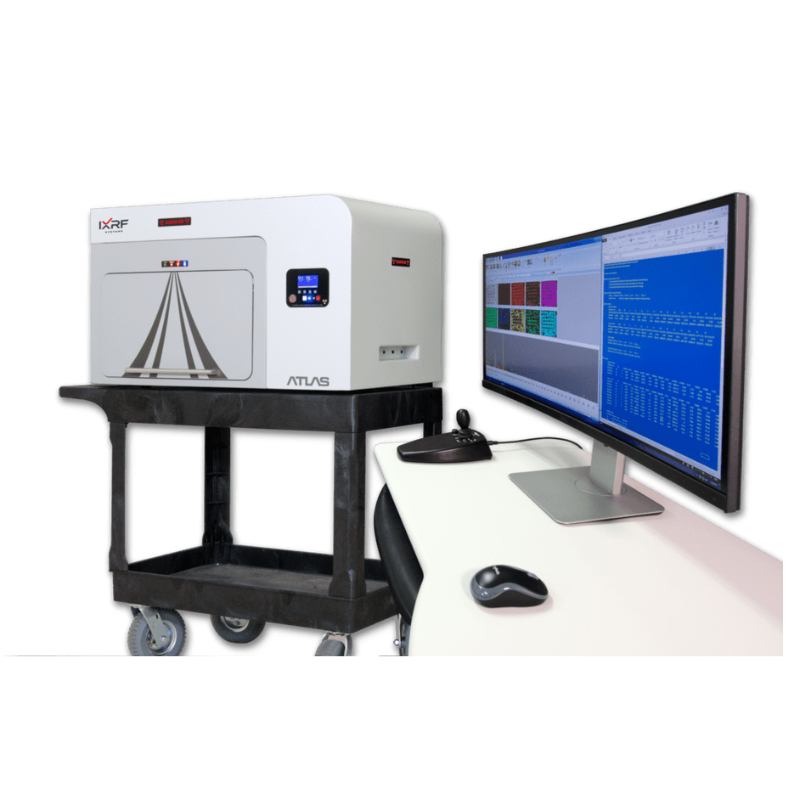

IXRF ATLAS M : micro XRF Spectrometer
Micro X-ray Fluorescence (μXRF) Hyperspectral Imaging Elemental Analyser
Phase and composition mapping


Phase and compositional mapping are powerful tools utilised on the ATLAS Micro-XRF platform. Using these tools, an operator is able to differentiate among varying levels of elements or compounds present in the sample.
As seen in the spectral overlays, Principal Components Analysis (PCA) identified five different phases within the map.


Compositions can also be defined by the user. Multiple ranges of concentrations for each element or even compounds can be set versus just one range.
For example, the image below shows three distinct concentrations of Aluminum in Aluminum Silicate. Typical XRF mapping software forces the operator to display only one concentration at a time in an overlay.
The ATLAS software, enables the operator to define unlimited sets of ranges for elements and compounds in a single custom display.


Discuss Your Geological Applications and the Atlas IXRF
With our Technical Product Manager, Dr. Satyam Ladva, on (01372) 377882 or email him here.



